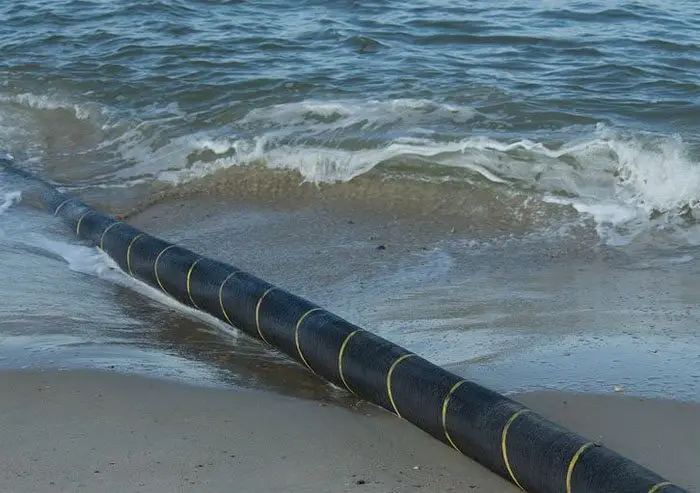Plans are underway for the construction of a high voltage, direct current-HVDC submarine transmission network in Abu Dhabi.
The facility which is the first of its kind not only in Abu Dhabi but also in the middle east will facilitate Abu Dhabi’s replacement of gas-burning generators on offshore, gas and oil production sites. As a result, this will see the industry embracing ‘more sustainable modes of power generation.
Read Also Construction milestone achieved for CMA Terminals Khalifa Port, Abu Dhabi
Preparation for the Implementation of the project
Recently a French, Japanese, and Korean consortium was formed for the implementation of the project. Particularly, the consortium features the French utility firm – EDF, Japan’s Kyuden alongside the Korean Electric Power Corporation (Kepco).
The consortium will work in partnership with the Abu Dhabi National Energy Company (Taqa) alongside the Abu Dhabi National Oil company (Adnoc). It will build, own as well as operate the transmission network for a total of 35 years.
A US$ 3.8bn deal has been officially sealed for the powering of offshore gas as well as oil operations. This will be through the high voltage, direct current transmission system. Impressively, the project aims to reduce the carbon emissions by Adnoc’s offshore operations by well over 30%.
Funding for the first HVDC submarine transmission network in Abu Dhabi
The first HVDC submarine transmission network in Abu Dhabi will receive financing from a group of banks. These will include the Export-Import Bank of Kora, the Sumitomo Mitsui Bank as well as the Japan Bank for International Cooperation.
Mizuho Bank and Standard Chartered Bank alongside BNP Paribas Fortis will also contribute to the project’s financing. More specifically, the South Korean Export-Import Bank will provide a $1.2 billion loan for the project.
In a nutshell, the transmission network will convert high-voltage alternate current (AC) power in a power plant into direct current (DC). The systematic process will enable transmission over longer distances with less power loss.

